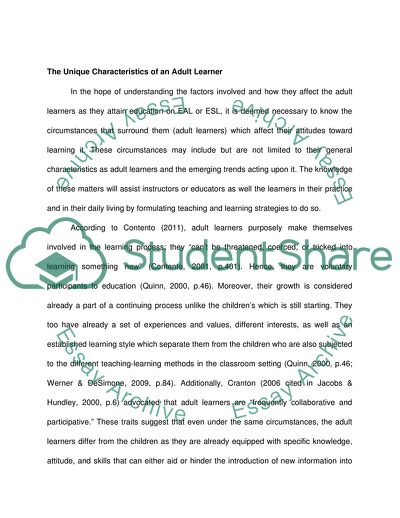Cite this document
(Adult Learners with English as an Additional Language Term Paper, n.d.)
Adult Learners with English as an Additional Language Term Paper. Retrieved from https://studentshare.org/education/1747195-adult-learners-with-english-as-an-additional-language
Adult Learners with English as an Additional Language Term Paper. Retrieved from https://studentshare.org/education/1747195-adult-learners-with-english-as-an-additional-language
(Adult Learners With English As an Additional Language Term Paper)
Adult Learners With English As an Additional Language Term Paper. https://studentshare.org/education/1747195-adult-learners-with-english-as-an-additional-language.
Adult Learners With English As an Additional Language Term Paper. https://studentshare.org/education/1747195-adult-learners-with-english-as-an-additional-language.
“Adult Learners With English As an Additional Language Term Paper”. https://studentshare.org/education/1747195-adult-learners-with-english-as-an-additional-language.


